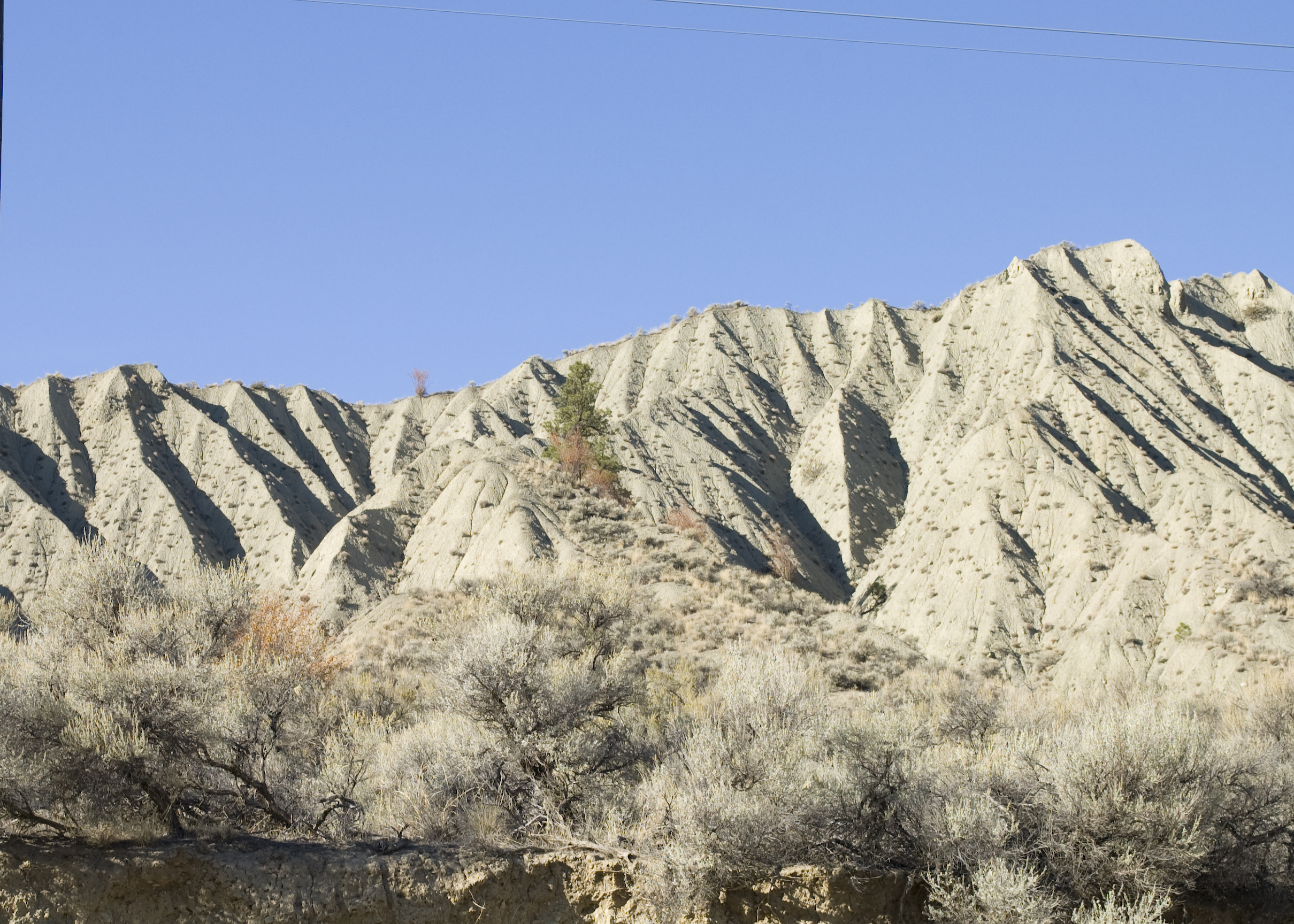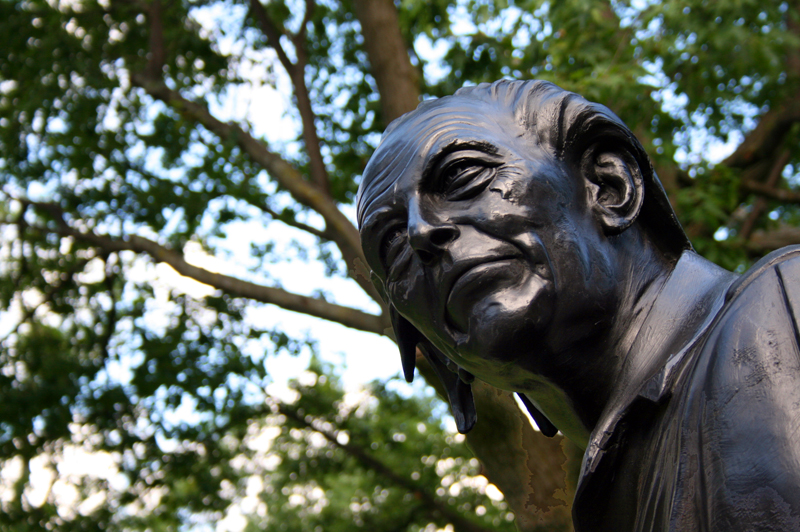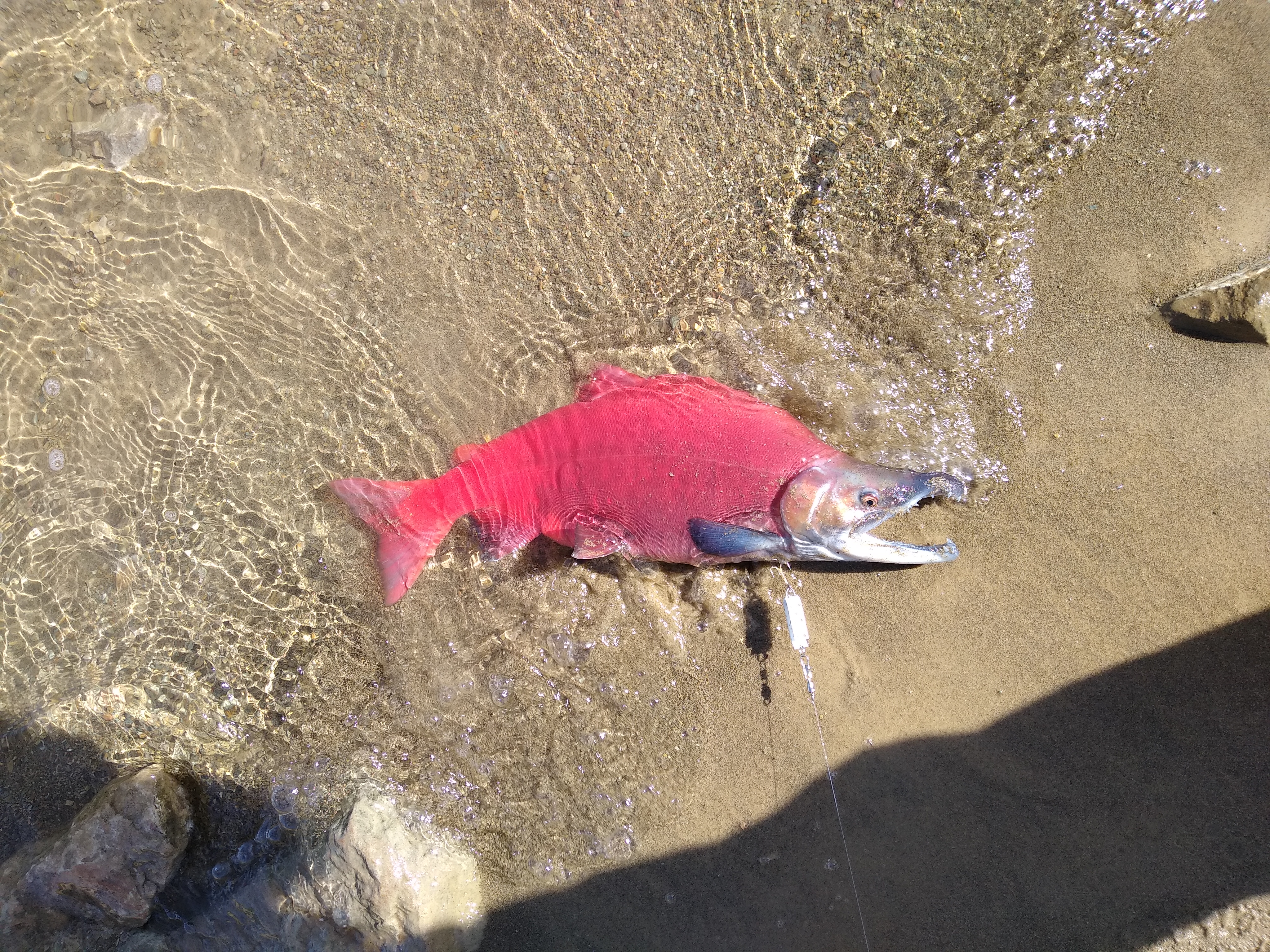|
Tulameen
Tulameen, originally known as Otter Flat, is a small community in British Columbia, Canada, about 26 kilometres northwest of the town of Princeton on the Crowsnest Highway (Hwy 3), and about 185 kilometres northeast from the city of Vancouver, British Columbia. Located at the south end of Otter Lake and just north of the Tulameen River, it is on the lee side of the Canadian Cascades mountain range and enjoys a slightly semi-arid climate, sheltered from the heavy rains west of that range. Early history The locality was known in fur trade times as Campement des Femmes (Woman's Camp, known as ''Tseistn'' in the native language) which was located in present day Tulameen, was native encampment of women while the men went hunting. In the decades of exploration of the remote areas of the province following the creation of the Colony of British Columbia in 1858 and the flurry of exploration of back-country engendered by the nearby Fraser Canyon Gold Rush, prospecting activity led to the ... [...More Info...] [...Related Items...] OR: [Wikipedia] [Google] [Baidu] |
Tulameen River
The Tulameen River is a tributary of the Similkameen River in the Canadian province of British Columbia. The Tulameen River is part of the Columbia River drainage basin, being a tributary of the Similkameen River, which flows into the Okanagan River, which flows into the Columbia River. Course The Tulameen River originates in E. C. Manning Provincial Park with headwaters at Punchbowl Lake, in the North Cascades part of the Cascade Range. it flows generally north then east, passing Tulameen, British Columbia before joining the Similkameen River at Princeton. It is the only place in the world where both gold and platinum can be found alongside each other, however all significant deposits have been mined. Ecology The watershed holds a number of diverse flora and fauna species. Fauna include mammals, amphibians, reptiles and birds. Among the amphibians of the watershed is the Rough-skinned newt, ''Taricha granulosa'', whose populations in the North Cascades exhibit an adult pere ... [...More Info...] [...Related Items...] OR: [Wikipedia] [Google] [Baidu] |
Coalmont, British Columbia
Coalmont was a tiny mining town, northwest of Princeton, British Columbia, Canada, on the north bank of the Tulameen River. The population of Coalmont is roughly 100 full-time residents. It is near the community of Tulameen and Otter Lake and the Coldwater Junction of the Coquihalla Highway. The town was established in 1912 to serve as a supply point to the neighbouring coal mine at Blakeburn. History Coal was first discovered in the area as early as 1858; a fully exposed vein that reportedly could be lit by a match. When Columbia Coal and Coke moved their offices from Granite Creek to Upper Town in 1911, they gave Coalmont its name. The area just west of Coalmont, formerly referred to as "Cardiff", became "Upper Town", the location for the mining office, shipping terminal, power plant, company stables, school and workers' residences. "Coalmont" was the location for stores, hotels and other businesses, and residences. The lumber to build the necessary buildings came fro ... [...More Info...] [...Related Items...] OR: [Wikipedia] [Google] [Baidu] |
Princeton, British Columbia
Princeton (originally Vermilion Forks) is a town in the Similkameen region of southern British Columbia, Canada."The rich history of Princeton or how Vermilion Forks made it on the map...", Princeton 2008 Visitors Guide, p. 4. It lies just east of the Cascade Mountains, which continue south into Washington, Oregon and California. The Tulameen and Similkameen Rivers converge here."Everything you've ever wanted to know about Princeton...", Princeton 2008 Visitors Guide, p. 6. At the 2016 census, the population was 2,828. Princeton centres on seven blocks of businesses along Bridge Street and five blocks on Vermilion Avenue; there are also businesses along British Columbia Highway 3."Princeton... 'Beautiful B.C. at its Best'", Princeton 2008 Visitors Guide, p. 9. Historically, the area's main industry has been mining—copper, gold, coal, and some platinum—The town's biggest employers are Copper Mountain Mine and a sawmill owned by Weyerhaeuser, along with a few smaller timbe ... [...More Info...] [...Related Items...] OR: [Wikipedia] [Google] [Baidu] |
Granite Creek, British Columbia
Granite Creek is a creek and townsite in British Columbia located in the Similkameen region. Granite Creek flows north into the Tulameen River and joins that river approximately one and a half miles to the east of Coalmont, British Columbia Coalmont was a tiny mining town, northwest of Princeton, British Columbia, Canada, on the north bank of the Tulameen River. The population of Coalmont is roughly 100 full-time residents. It is near the community of Tulameen and Otter Lake and .... It is assumed Granite Creek yielded more than $500,000 in placer gold since its discovery. Gold nuggets worth $50 in value were not unusual in the early years. The creek was mined by Europeans and Chinese. Granite Creek was hydraulicked near its mouth in the 1890s. Most historical accounts claigold on the creek was discovered in 1885by a rustler by the name of Johnny Chance. Johnny Chance stumbled upon placer gold in Granite Creek. Another historical account indicates Granite Creek was disco ... [...More Info...] [...Related Items...] OR: [Wikipedia] [Google] [Baidu] |
Kettle Valley Railway
The Kettle Valley Railway was a subsidiary of the Canadian Pacific Railway (CPR) that operated across southern British Columbia, west of Midway running to Rock Creek, then north to Myra Canyon, down to Penticton over to Princeton, Coalmont, Brookmere, Coquihalla and finally Hope where it connected to the main CPR line. It opened in 1915 and was abandoned in portions beginning in 1961, with the surviving portion west of Penticton seeing their last trains in 1989. Much of the railway's original route has been converted to a multi-use recreational trail, known as the Kettle Valley Rail Trail, which carries the Trans-Canada Trail through this part of British Columbia. History The Kettle Valley Railway was built out of necessity to service the growing mining demands in the Southern Interior region of British Columbia. When the Canadian Pacific Railway (CPR) completed the transcontinental railway in 1885, the route cut through the Rocky Mountains at Kicking Horse and Rogers Pa ... [...More Info...] [...Related Items...] OR: [Wikipedia] [Google] [Baidu] |
Similkameen River
The Similkameen River runs through southern British Columbia, Canada, eventually discharging into the Okanagan River near Oroville, Washington, in the United States. Through the Okanagan River, it drains to the Columbia River. The river is said to be named for an indigenous people called ''Similkameigh'', meaning "treacherous waters". The river is controversially dammed (the now-defunct Enloe Dam), blocking fish passage to the upper (Canadian) reaches of the river. History The first mention of the Similkameen by a European was by Alexander Ross. While on a trading expedition, he travelled by way of the "Similkameigh River." Sir George Simpson used the name "Similkameigh" for one of the groups part of the Okanagan Nation. The transition from ''Similkameigh'' to ''Similkameen'' may have been inspired by the name of the Tulameen River despite being etymologically incorrect. The name ''Similkameigh'' comes from a now-extinct language of Nicola-Similkameen, of the Athapascan lan ... [...More Info...] [...Related Items...] OR: [Wikipedia] [Google] [Baidu] |
Canadian Cascades
The North Cascades are a section of the Cascade Range of western North America. They span the border between the Canadian province of British Columbia and the U.S. state of Washington and are officially named in the U.S. and Canada as the Cascade Mountains. The portion in Canada is known to Americans as the Canadian Cascades, a designation that also includes the mountains above the east bank of the Fraser Canyon as far north as the town of Lytton, at the confluence of the Thompson and Fraser Rivers. They are predominantly non-volcanic, but include the stratovolcanoes Mount Baker, Glacier Peak and Coquihalla Mountain, which are part of the Cascade Volcanic Arc. Geography The U.S. section of the North Cascades and the adjoining Skagit Range in British Columbia are most notable for their dramatic scenery and challenging mountaineering, both resulting from their steep, rugged topography. While most of the peaks are under in elevation, the low valleys provide great local rel ... [...More Info...] [...Related Items...] OR: [Wikipedia] [Google] [Baidu] |
Unincorporated Settlements In British Columbia
Unincorporated may refer to: * Unincorporated area, land not governed by a local municipality * Unincorporated entity, a type of organization * Unincorporated territories of the United States, territories under U.S. jurisdiction, to which Congress has determined that only select parts of the U.S. Constitution apply * Unincorporated association Unincorporated associations are one vehicle for people to cooperate towards a common goal. The range of possible unincorporated associations is nearly limitless, but typical examples are: :* An amateur football team who agree to hire a pitch onc ..., also known as voluntary association, groups organized to accomplish a purpose * ''Unincorporated'' (album), a 2001 album by Earl Harvin Trio {{disambig ... [...More Info...] [...Related Items...] OR: [Wikipedia] [Google] [Baidu] |
Al Purdy
Alfred Wellington Purdy (December 30, 1918 – April 21, 2000) was a 20th-century Canadian free verse poet. Purdy's writing career spanned fifty-six years. His works include thirty-nine books of poetry; a novel; two volumes of memoirs and four books of correspondence, in addition to his posthumous works. He has been called the nation's "unofficial poet laureate" and "a national poet in a way that you only find occasionally in the life of a culture." Biography Born in Wooler, Ontario, Purdy went to Albert College in Belleville, Ontario, and Trenton Collegiate Institute in Trenton, Ontario. He dropped out of school at 17 and rode the rails west to Vancouver. He served in the Royal Canadian Air Force during World War II. Following the war, he worked in various jobs until the 1960s, when he was finally able to support himself as a writer, editor and poet.University of Toronto LibraryAl Purdy, Biography Canadian Poets Series. Retrieved on: April 19, 2008. In 1957, Purdy and his w ... [...More Info...] [...Related Items...] OR: [Wikipedia] [Google] [Baidu] |
Public Holidays In Canada
Public holidays in Canada, known as ''statutory holidays'', ''stat holidays'', or simply ''stats'', consist of a variety of cultural, nationalistic, and religious holidays that are legislated in Canada at the federal or provincial and territorial levels. While many of these holidays are honoured and acknowledged nationwide, provincial and territorial legislation varies in regard to which are officially recognized. There are five nationwide statutory holidays and six additional holidays for federal employees. Each of the 13 provinces and territories observes a number of holidays in addition to the nationwide days, but each varies in regard to which are legislated as either statutory, optional, or not at all. Many public and private employers, as well as school systems, provide additional days off around the end of December, often including at least a full or half-day on December 24 (Christmas Eve) or December 31 (New Year's Eve) or in some cases, the entire week between Chris ... [...More Info...] [...Related Items...] OR: [Wikipedia] [Google] [Baidu] |
Kokanee Salmon
The kokanee salmon (''Oncorhynchus nerka''), also known as the kokanee trout, little redfish, silver trout, kikanning, Kennerly's salmon, Kennerly's trout, or Walla, is the non-anadromous form of the sockeye salmon (meaning that they do not migrate to the sea, instead living out their entire lives in freshwater). There is some debate as to whether the kokanee and its sea-going relative are separate species; geographic isolation, failure to interbreed, and genetic distinction point toward a recent divergence in the history of the two groups. The divergence most likely occurred around 15,000 years ago when a large ice melt created a series of freshwater lakes and rivers across the northern part of North America. While some members of the salmon and trout family ( salmonids) went out to sea (anadromous), others stayed behind in fresh water (non-anadromous). The separation of the sockeye and the kokanee created a unique example of sympatric speciation that is relatively new in evolution ... [...More Info...] [...Related Items...] OR: [Wikipedia] [Google] [Baidu] |
History Of The Steam Engine
The first recorded rudimentary steam engine was the aeolipile mentioned by Vitruvius between 30 and 15 BC and, described by Heron of Alexandria in 1st-century Roman Egypt. Several steam-powered devices were later experimented with or proposed, such as Taqi al-Din's steam jack, a steam turbine in 16th-century Ottoman Egypt, and Thomas Savery's steam pump in 17th-century England. In 1712, Thomas Newcomen's atmospheric engine became the first commercially successful engine using the principle of the piston and cylinder, which was the fundamental type of steam engine used until the early 20th century. The steam engine was used to pump water out of coal mines. During the Industrial Revolution, steam engines started to replace water and wind power, and eventually became the dominant source of power in the late 19th century and remaining so into the early decades of the 20th century, when the more efficient steam turbine and the internal combustion engine resulted in the rapid replac ... [...More Info...] [...Related Items...] OR: [Wikipedia] [Google] [Baidu] |
.jpg)




